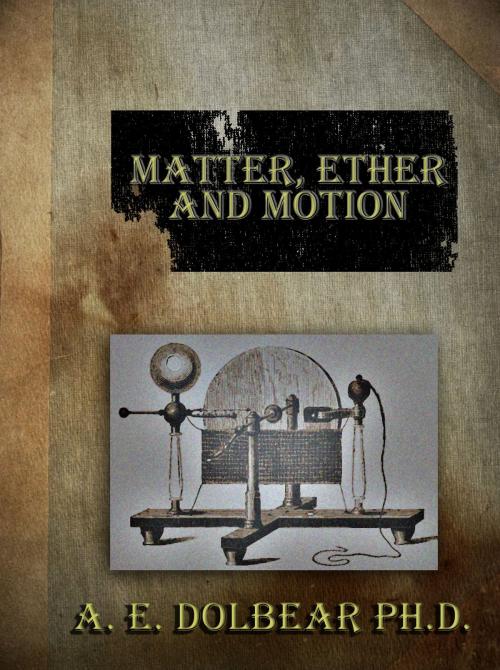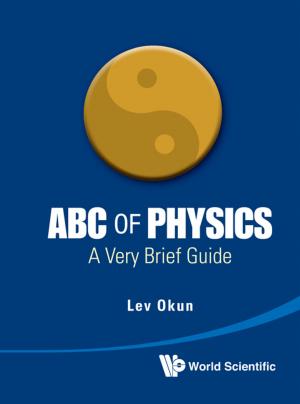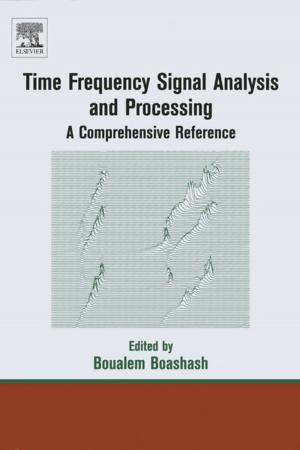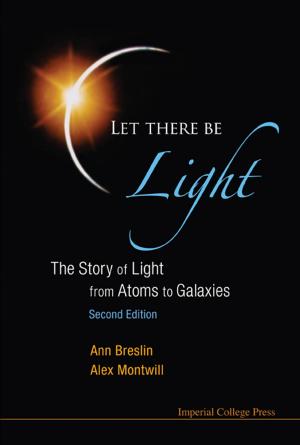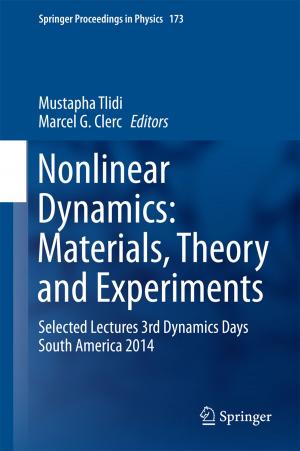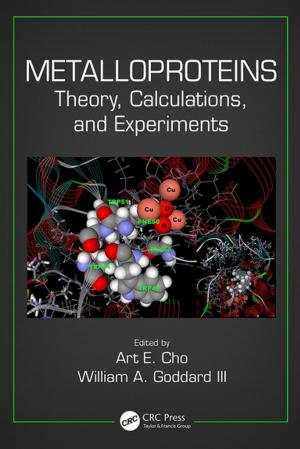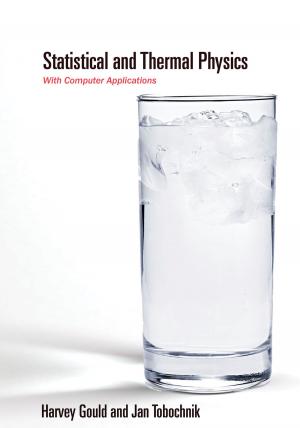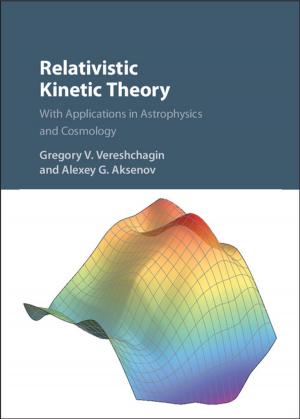Matter, Ether and Motion - The Factors and Relations of Physical Science
Nonfiction, Science & Nature, Science, Physics, Acoustics & Sound, General Physics| Author: | A. E. Dolbear Ph.D. | ISBN: | 1230000119550 |
| Publisher: | Dolbear | Publication: | April 5, 2013 |
| Imprint: | Language: | English |
| Author: | A. E. Dolbear Ph.D. |
| ISBN: | 1230000119550 |
| Publisher: | Dolbear |
| Publication: | April 5, 2013 |
| Imprint: | |
| Language: | English |
In the past fifty years the advance in physical knowledge has not only been rapid, but it has been revolutionary. The fundamental principles of natural philosophy that were applied by Sir Isaac Newton and others to masses of visible magnitude have been applied to molecules; and it has thus been discovered that all kinds of phenomena are subject to the same mechanical laws. It was thought before that physics embraced several distinct provinces of knowledge which were not necessarily related to each other, such as mechanics, heat, & electricity.
Such terms as imponderable matter, latent heat, electric fluid, forces of nature, and others in common use in text-books and elsewhere, served to maintain the distinctions; and even to-day some of these obsolete physical agencies are to be met in books and places where one would hope not to find them. As all physical phenomena are reducible to the principles of mechanics, atoms and molecules are subject to them as much as masses of visible magnitude; and it has become apparent that however different one phenomenon is from another, the factors of both are the same,—matter, ether, and motion; so that all the so-called forces of nature, considered as objective things controlling phenomena, are seen to have no existence; that all phenomena are reducible to nothing more mysterious than a push or a pull.
Some say that science is simply classified knowledge. To the author it is more than that, it is a consistent body of knowledge; and a true explanation of any phenomenon cannot be inconsistent with the best established body of knowledge we have. If physical factors are fundamental, then theorizers must square their theories to them.
One may often hear the question asked, What is electricity? But a similar question as to the nature of heat or light or chemism is just as pertinent, although there chances now to be less popular interest in these than in the former; not, however, because they are in themselves better understood, or less interesting. It is hoped that some of those whose interests lie along such special lines as chemistry, electricity, and even biology, will find something helpful in the chapters dealing with those subjects.
In covering so much ground in so small a treatise, it was necessary to select such facts as give prominence to fundamental principles. Others may have selected different materials, even with the same end in view, for otherwise competent persons are generally more familiar with certain details of a given science than with others, I used what was closest at hand.
Aside from the topics usually treated upon in a book of physics, the reader will find a chapter on Physical Fields, which is unique, as it extends the principle of sympathetic action—recognized in acoustics—to the whole range of phenomena, including living things.
The chapter on Life, in a treatise on physics, must justify itself; while the one on Machines points out their functions in a more complete way than has been done before.
Lastly, however large the physical universe may be, and however exact such relations as we have established may be, it is daily becoming more certain that even in the physical universe we have to do with a factor,—the ether,—the properties of which we vainly strive to interpret in terms of matter, the undiscovered properties of which ought to warn every one against the danger of strongly asserting what is possible and what impossible in the nature of things. With the electro-magnetic theory of light now just established, and the vortex ring theory of matter still sub judice.
Matter itself is more wonderful than any philosopher ever thought. Its possibilities may have been vastly underrated.
Contents:
- Matter and Its Properties
- The Ether
- Motion
- Energy
- Gravitation
- Heat
- Ether Waves
- Electricity
- Chemism
- Sound
- Life
- Physical Fields
- On Machines - Mechanism
- Properties of Matter as Modes of Motion
- Implications of Physical Phenomena
- The Relations of Physical and Psychical Phenomena
In the past fifty years the advance in physical knowledge has not only been rapid, but it has been revolutionary. The fundamental principles of natural philosophy that were applied by Sir Isaac Newton and others to masses of visible magnitude have been applied to molecules; and it has thus been discovered that all kinds of phenomena are subject to the same mechanical laws. It was thought before that physics embraced several distinct provinces of knowledge which were not necessarily related to each other, such as mechanics, heat, & electricity.
Such terms as imponderable matter, latent heat, electric fluid, forces of nature, and others in common use in text-books and elsewhere, served to maintain the distinctions; and even to-day some of these obsolete physical agencies are to be met in books and places where one would hope not to find them. As all physical phenomena are reducible to the principles of mechanics, atoms and molecules are subject to them as much as masses of visible magnitude; and it has become apparent that however different one phenomenon is from another, the factors of both are the same,—matter, ether, and motion; so that all the so-called forces of nature, considered as objective things controlling phenomena, are seen to have no existence; that all phenomena are reducible to nothing more mysterious than a push or a pull.
Some say that science is simply classified knowledge. To the author it is more than that, it is a consistent body of knowledge; and a true explanation of any phenomenon cannot be inconsistent with the best established body of knowledge we have. If physical factors are fundamental, then theorizers must square their theories to them.
One may often hear the question asked, What is electricity? But a similar question as to the nature of heat or light or chemism is just as pertinent, although there chances now to be less popular interest in these than in the former; not, however, because they are in themselves better understood, or less interesting. It is hoped that some of those whose interests lie along such special lines as chemistry, electricity, and even biology, will find something helpful in the chapters dealing with those subjects.
In covering so much ground in so small a treatise, it was necessary to select such facts as give prominence to fundamental principles. Others may have selected different materials, even with the same end in view, for otherwise competent persons are generally more familiar with certain details of a given science than with others, I used what was closest at hand.
Aside from the topics usually treated upon in a book of physics, the reader will find a chapter on Physical Fields, which is unique, as it extends the principle of sympathetic action—recognized in acoustics—to the whole range of phenomena, including living things.
The chapter on Life, in a treatise on physics, must justify itself; while the one on Machines points out their functions in a more complete way than has been done before.
Lastly, however large the physical universe may be, and however exact such relations as we have established may be, it is daily becoming more certain that even in the physical universe we have to do with a factor,—the ether,—the properties of which we vainly strive to interpret in terms of matter, the undiscovered properties of which ought to warn every one against the danger of strongly asserting what is possible and what impossible in the nature of things. With the electro-magnetic theory of light now just established, and the vortex ring theory of matter still sub judice.
Matter itself is more wonderful than any philosopher ever thought. Its possibilities may have been vastly underrated.
Contents:
- Matter and Its Properties
- The Ether
- Motion
- Energy
- Gravitation
- Heat
- Ether Waves
- Electricity
- Chemism
- Sound
- Life
- Physical Fields
- On Machines - Mechanism
- Properties of Matter as Modes of Motion
- Implications of Physical Phenomena
- The Relations of Physical and Psychical Phenomena
